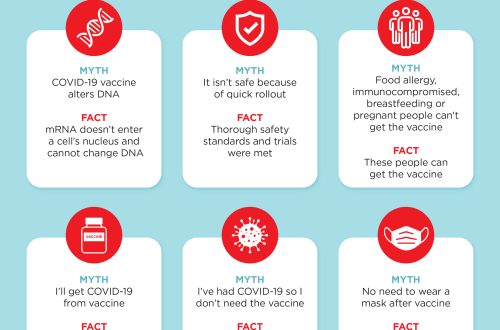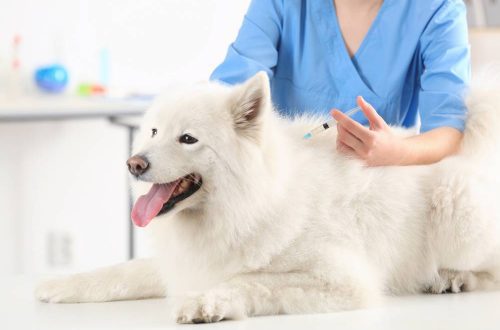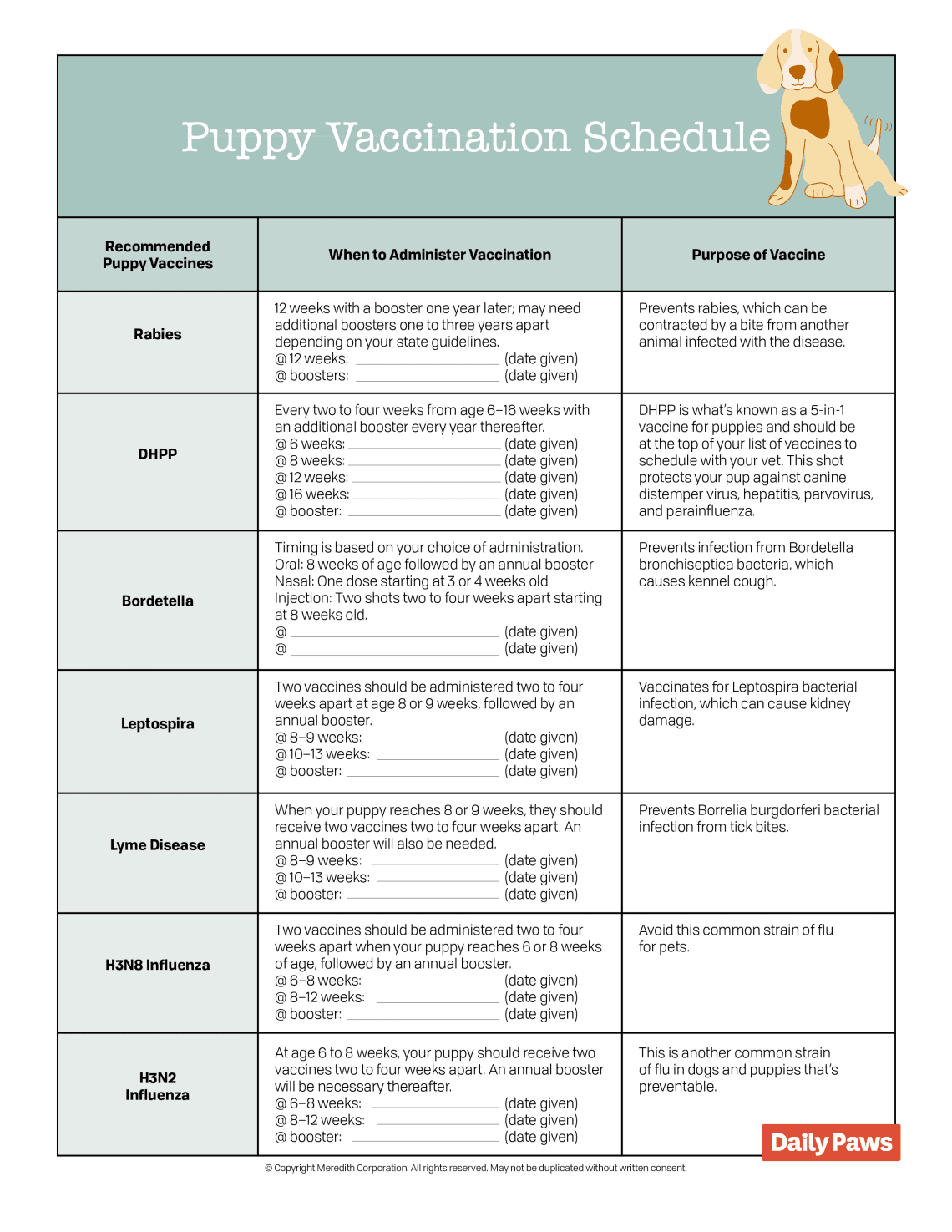
Vaccinations for puppies up to a year: vaccination table
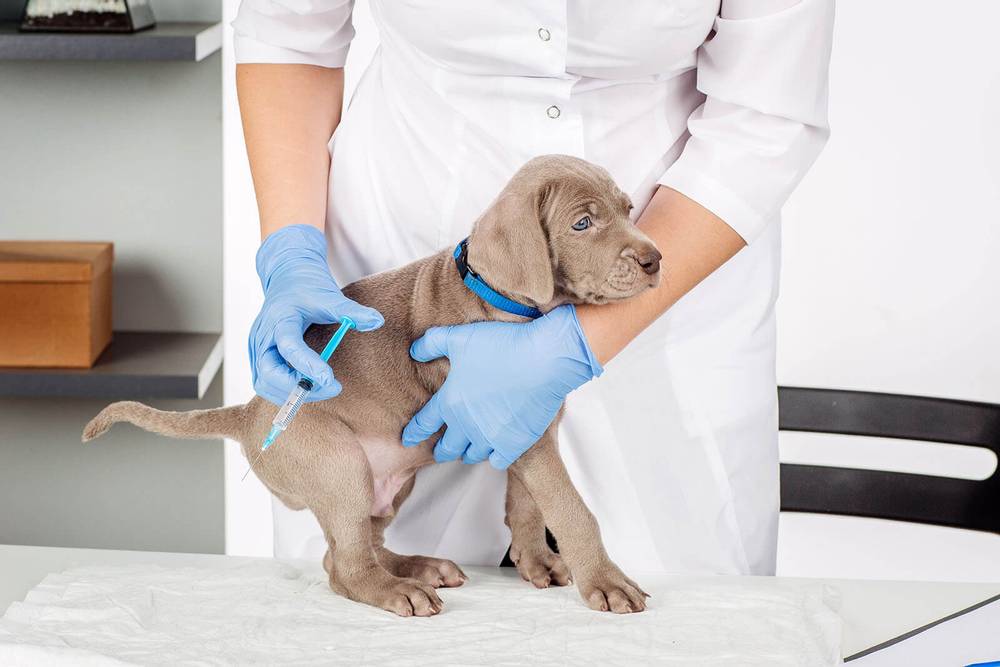
Contents
Why get vaccinated?
Vaccination is needed to develop immunity against dangerous diseases. In the first weeks of a baby’s life, colostral antibodies will protect him from infections. He received these antibodies from his mother, with milk. But over time, their level in the blood decreases, and then there is a need to create your own immunity. That’s what vaccination is for.
Vaccination is needed, even if you plan to walk your pet only on your site. Many infections can be brought home on clothes and shoes, and other animals (cats, mice, hedgehogs, etc.) can run into the area.
What vaccinations should a puppy get?
Puppies need to be vaccinated against the following infections:
- Leptospirosis;
- parvovirus enteritis;
- Adenovirus type I;
- parainfluenza;
- Plague of carnivores;
- Rabies.
Additionally, if the pet is often in places with a large concentration of dogs (at exhibitions, training, etc.), you need to be vaccinated against bordetellosis.
If you often visit nature with your pet, special attention should be paid to vaccination against leptospirosis and rabies.
Thus, the vaccination schedule for dogs will depend on various factors and should be tailored to the individual dog.
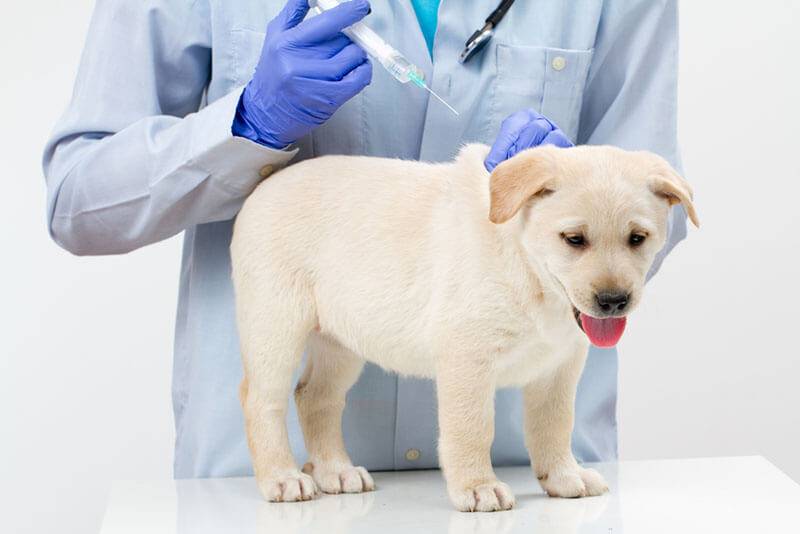
When to get vaccinated?
Puppy’s first vaccination
Puppies need to be vaccinated early enough – at 6-8 weeks. The fact is that the baby received a certain amount of antibodies immediately after birth. But the immunity obtained with mother’s milk is reduced. Some puppies become more vulnerable at the age of 6 weeks, others – by 3 months. The functioning of the immune system depends on many factors. That is why infection prevention is so important.
The most commonly used vaccination scheme for puppies, which provides for 3 vaccinations in the first year of life.
The vaccination schedule for dogs up to a year in a simplified form looks like this:
The first vaccinations are given to puppies at 8 weeks (at 2 months) or older;
The second vaccination of the puppy is administered 3-4 weeks after the first;
The third – over the age of 16 weeks, most often doctors recommend a second visit during the period of changing teeth, at the age of 6-8 months;
Then vaccinations are given to dogs once a year.
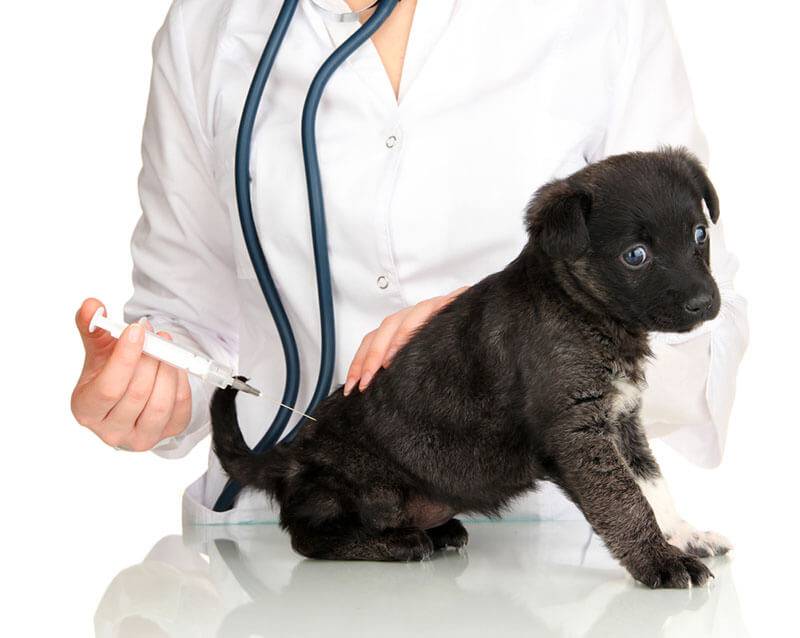
However, this option is not suitable for everyone. If there is no confidence in the immunity of the baby’s mother or he was kept in a nursery or shelter, then vaccination should be given much more attention. According to the current recommendations of the World Organization for Veterinary Medicine (WSAVA), the first vaccination of a puppy is administered at the age of 6 weeks (1,5 months) and then every 3-4 weeks, until the age of 16 weeks (4 months) is reached. Thus, the puppy will receive 4 vaccinations in the first 4 months of his life. This multiplicity is associated with colostral immunity, which we discussed above. It is important that the puppy’s immune system reacts to the vaccine, and not the antibodies that he received from his mother, because the point of vaccination is to develop your own immunity.
You can find information on what vaccinations should be given to puppies by age in the table below.
As a rule, when visiting the clinic for the first vaccination, a vaccination schedule is selected for puppies up to a year old (based on the age of your pet).
You can also consult online with a Petstory therapist to select the optimal vaccination schedule for your pet. You can do this in the Petstory mobile application, which can be downloaded from .
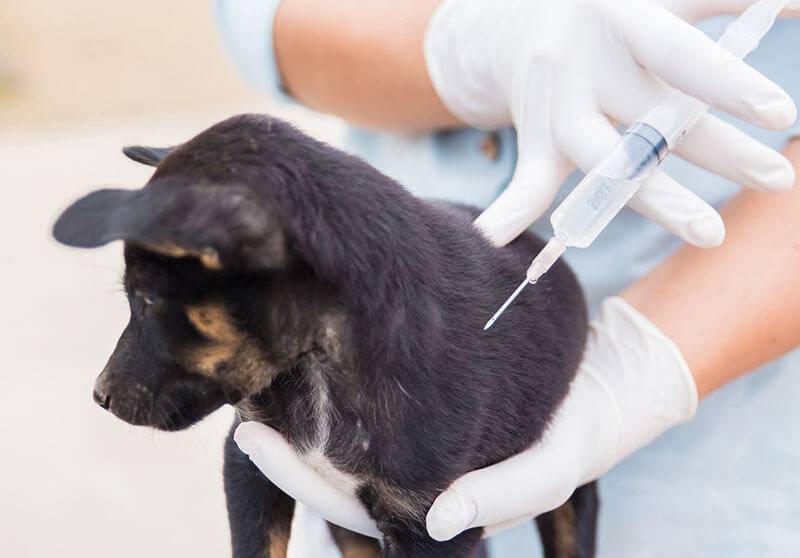
Table with the vaccination schedule for a dog by age up to a year
Age | Disease | Preparation |
|---|---|---|
From 6 weeks | Plague of carnivores Parvovirus enteritis | Nobivak Puppy DP |
From 8 weeks | Plague of carnivores Parvovirus enteritis Adenovirus infection type II Paragripp Leptospirosis | Nobivak DHPPi + Nobivak Lepto Nobivak DHPPi + Nobivak L 4 Eurycan L Vanguard 5/L Vanguard 7 |
Additionally* from 8 weeks | Paragripp bordetellosis | Nobivac KC |
From 12 weeks and older | Plague of carnivores Parvovirus enteritis Adenovirus infection type II Paragripp Leptospirosis Rabies | Nobivak DHPPi + Nobivak Lepto + Nobivak Rabies Nobivak DHPPi + Nobivak L 4 + Nobivak Rabies Nobivak DHPPi + Nobivak RL Eurican L + Rabizin Eurican LR Vanguard 5/L + Duramun Vanguard 7 + Duramun |
Additionally* 12 weeks and older Then repeat every 11-12 months | Paragripp bordetellosis | Nobivac KC |
16 weeks and older If the very first vaccination was given after 16 weeks of age, the vaccine should simply be repeated after 21-28 days. Then repeat at 11-12 months | Plague of carnivores Parvovirus enteritis Adenovirus infection type II Paragripp Leptospirosis Rabies | Nobivak DHPPi+ Nobivak Lepto+ Nobivak Rabies Nobivak DHPPi + Nobivak L 4 + Nobivak Rabies Nobivak DHPPi + Nobivak RL Eurican L + Rabizin Eurican LR Vanguard 5/L + Duramun Vanguard 7 + Duramun |
*Vaccination against these diseases is required only if there is a high risk of contracting these infections.
How to prepare for vaccination?
In order for the first puppy vaccination to go as smoothly as possible, you need to properly prepare for it.
To get vaccinated you will need:
healthy puppy
2 weeks before vaccination, he should not have signs of illness, such as vomiting, diarrhea, cough, fever, loss of appetite, lethargy.
Leisure time
After visiting the clinic, it is worth spending some time with your pet to observe his well-being. Set aside about 3-4 hours for this. For convenience, we recommend that you create a calendar of preventive treatments for your dogs (vaccinations, treatments for parasites, physical examinations) and adjust it to your schedule.
The drug for parasites
If you have not treated for helminths in the next month, you need to give the puppy the drug 10-14 days before vaccination. It is important to note that there are no studies proving a decrease in the immune response to vaccination due to helminthic infestation. However, helminths can provoke the development of many diseases. Therefore, antihelminthic treatment should be carried out at least once every 3 months, and in the case of puppies – once every 1,5 months.
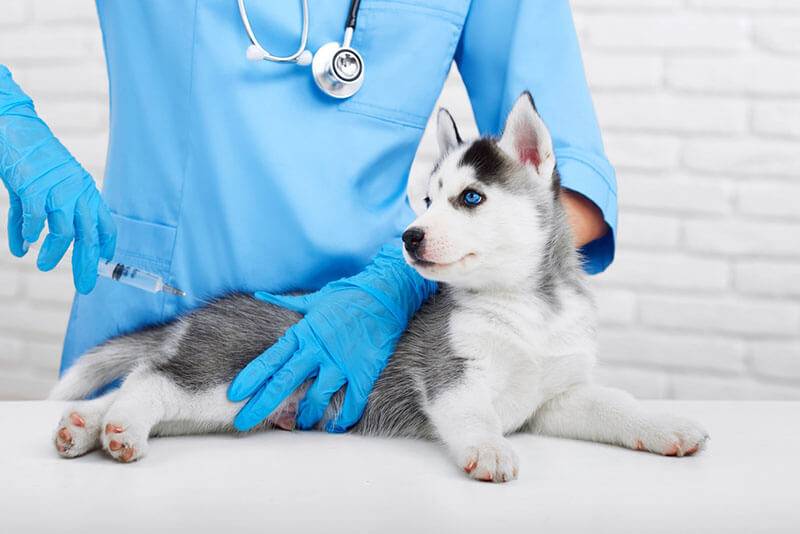
Condition of the dog after vaccination
In most cases, owners do not notice any changes in the well-being of their pets. But vaccination can still cause some changes in the behavior of the pet. And it’s not just about the immune response to the vaccine.
Do not forget about the stress of visiting the clinic. The way back and forth, waiting in the corridor, the presence of other animals, the doctor’s examination, the temperature measurement, the injection itself. Most likely, the puppy will experience all these impressions for the first time.
There is no need to worry if the pet, after visiting the doctor, became a little more drowsy, lethargic, ate a little less. Try to provide him with peace, give him a favorite toy, treat him with a treat (only without harmful foods such as chocolate, grapes, fried, fatty, etc.).
As a rule, this is a slight malaise, and it passes in the first day. If suddenly the puppy is lethargic and sleepy for longer, you should call the doctor. Based on the symptoms described, the doctor will tell you how serious it is and advise whether you need to take the baby to the clinic.
It is very important to talk about the individual reaction to the components of the vaccine. An allergy can be to any drug. In order to recognize its signs in time, you need to know how it looks.
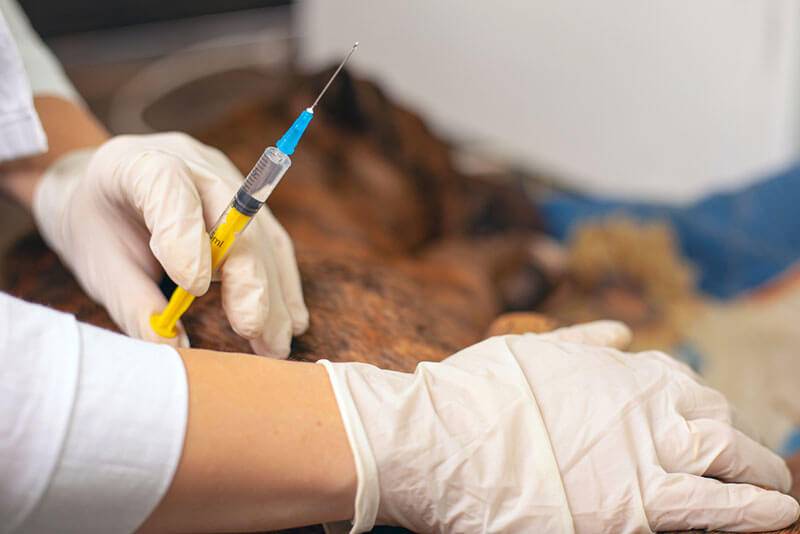
Allergy symptoms:
- Edema. Most often swelling of the muzzle. Paws, dewlap, neck may also swell;
- Itching. The pet scratches the muzzle, armpits, groin, stomach;
- Redness of the skin and mucous membranes. It can manifest itself as a rash, redness of the conjunctiva of the eyes, lips;
- Tachypnea – rapid breathing;
- Dyspnea. Breathing can be heavy, loud, abdominal type. In severe cases, the pet can stretch its neck, spread its paws wide;
- Relatively rarely, due to individual intolerance, there may be vomiting, diarrhea, severe depression, discharge from the nose and eyes.
Individual intolerance manifests itself in the first hours after the administration of the drug and requires urgent treatment in the clinic.
We hope that now it has become clear to you when and what vaccinations a puppy should be given. And you won’t miss them!
The article is not a call to action!
For a more detailed study of the problem, we recommend contacting a specialist.
Ask the vet
November 23, 2020
Updated: 16 March 2022




